Autumn update from our Wildlife Wardens
Gliding into autumn our team shifts focus from breeding birds to migratory arrivals. Here's an update from our Warden, Imo.
As of 15th September, the Exmouth Wildlife Refuge is active once again! This year, the Brent Geese timed their arrival to a tee as a flock of Pale-bellied Brent Geese arrived from 12th September, increasing from 4 individuals to 70+ within days. This refuge, which primarily protects a seagrass bed and mudflats, will remain active until 31st December. During this time, we ask people to avoid from land and water to give wildlife the space to thrive. Dawlish Wildlife Refuge, remains active year-round, providing a vital feeding and roosting ground for estuary birds.
We would like to publicly thank everyone doing their bit to continue to care for this incredible home to nature by avoiding the refuges. We can't do this without you! In preparation for the coming season, we have installed three banners on Imperial Recreation Ground, with the largest banner including a handy bird ID section, so do keep an eye out for these!
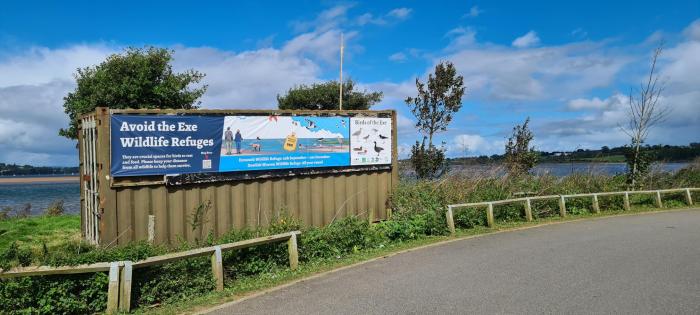
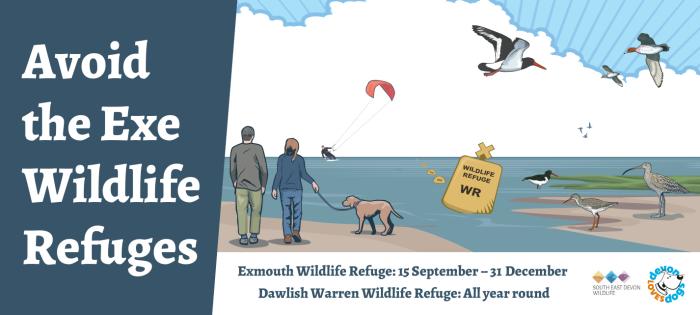
We'd also like to thank those organisations involved in the significant coverage of our work recently, including articles by Devon Local Nature Partnership newsletter, Ranger magazine, Sou’wester newsletter, Waterbird News, Exe Press, Natural England’s internal newsletter and social media and BBC spotlight. If you would like us to feature in your magazine or newsletter, do get in touch!
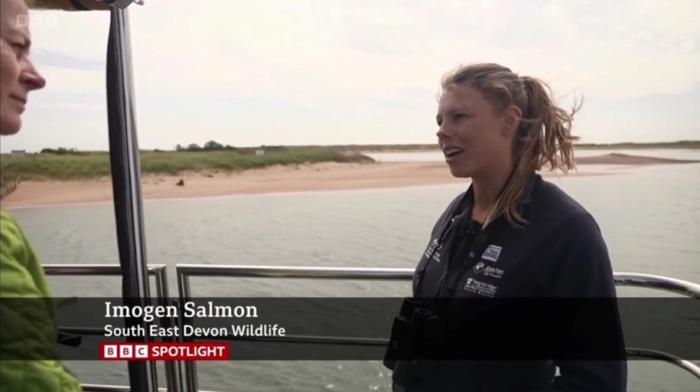
Finally, we look forward to the wonderful season ahead, enjoying the wildlife spectacle of autumn migration we have right here on our doorstep. We hope you take the time to go ahead and enjoy it too - we have a list of wildlife walks on our website for you all to enjoy and are always more than happy to provide advice on where to see local wildlife.
The Climate Crisis: Unravelling the Relationship Between Brent Geese, Lemmings and Arctic Fox
There’s a variety of ways the climate crisis is impacting wildlife around the Exe Estuary. Increasing storms are eroding habitats and causing saltwater intrusion, while prolonged periods of cold and unseasonal weather are impacting resident populations. What's more, breeding areas abroad are experiencing milder climates, leading to fewer species migrating as far as they once did. The Dark-bellied Brent Goose however, which migrates to the estuary through autumn and winter, is being impacted by the climate crisis in another complex way.
In the Siberian Arctic, where Brent Geese spend half the year to breed, “Brents” are predated upon by Arctic Fox. Another prey species of the Arctic Fox is a small rodent known as a Lemming - usually, the number of Lemmings fluctuate on a 3-year boom and bust cycle. This subsequently impacts Brent Geese numbers; meaning on years when there are fewer Lemmings available, the Arctic Fox predate more Brent Geese, so Brent populations will cyclically reduce.
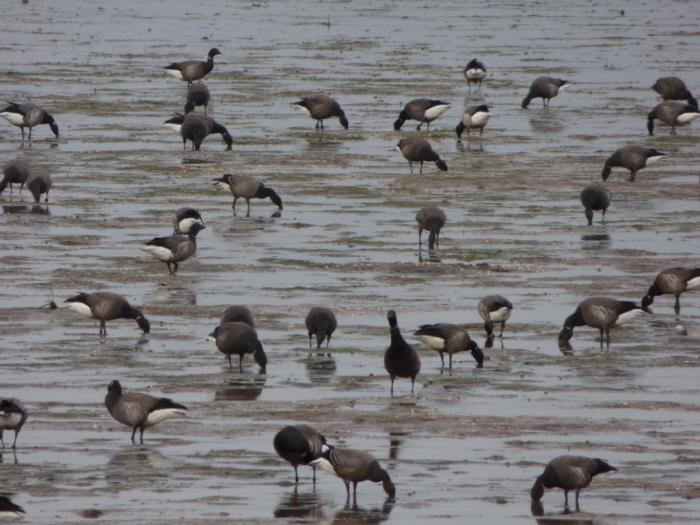
In recent years however, the Arctic has warmed by around 3°C so there has been a significant reduction in winter snow. Instead, winter rains freeze, causing an ice shield, preventing Lemmings from being able to reach their main food source, moss. Snow also acts as a good insulator, which Lemmings dig tunnels and rest in. With less snow, Lemming numbers have plummeted, meaning Arctic Fox increase predation on Brent Geese.
One of the indicators of a healthy Brent Geese population is the number of juveniles—which have a smaller or absent white neck collar and pale barring on their backs. Ideally, to ensure flock stability, juveniles should account for at least 15% of a flock, balancing bird mortality. When juveniles exceed 15%, the flock size is likely to grow, when they fall below this threshold, the population is expected to decline.
Unfortunately, in recent years, juvenile numbers on the Exe have been low. Since 2012, juveniles have averaged at just 8.3% of flock size, ranging between 0.9% and 17.6%. Although for now, according to the British Trust for Ornithology’s (BTO’s) Wetland Bird Survey (WebS) counts it appears the population of Brents are relatively stable, these low juvenile counts suggest that a population drop could be expected in the near future.
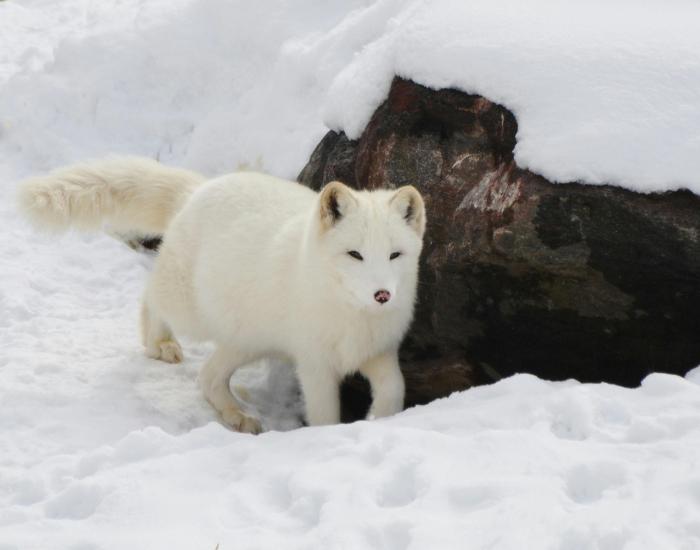
This is a just one example of how the climate crisis is impacting wildlife in unexpected and complex ways. The interdependence between species, such as Brent Geese, Lemmings and Arctic Fox, underscores the need for urgent action to protect and restore biodiversity. The challenges faced by wildlife on the Exe Estuary and beyond highlight the importance of reducing emissions and mitigating climate change. You can help by avoiding the Exe Wildlife Refuges, giving wildlife a wide berth, and supporting conservation efforts to ensure that species like the Brent Goose have a fighting chance in a changing world. See the latest reports on the state of nature here.
UK red, amber, green list - what does it mean?
You may have come across birds being classified as Red, Amber or Green list on websites, articles or indeed in this newsletter! But have you ever wondered what these classifications mean and how they are determined?
The Birds of Conservation Concern (BOCC) was first published in 1996, created through a collaboration of several partners including the British Trust for Ornithology (BTO), Royal Society for the Protection of Birds (RSPB), Natural England and Joint Nature Conservation Committee (JNCC). The list assesses all bird species that breed or overwinter in the UK, the Channel Islands, and the Isle of Man based on a set of criteria, which include:
- Historical decline
- Recent trends in population and range
- Population size
- Localisation
- International importance of each species
- Global and European threat status
Each bird species is placed into one of three lists - Green, Amber or Red - to reflect the level of conservation concern, with Red indicating the highest concern. Since its start, the BOCC has undergone five reviews, the most recent undertaken in December 2021, categorising 245 bird species.
The assessments reveal a worrying trend: UK bird populations continue declining. In 2021, nine species, including the Swift, House Martin, and Dunlin, were reclassified from Amber to Red. Notably, the Greenfinch and Ptarmigan have moved directly from Green to Red. The Amber list has also grown, with seven additional species joining. Then, in September 2024, five additional seabird species were added to the Red List. These include: Great Black Backed Gull, Great Skua, Leach’s Storm Petrel, Common Gull and Arctic Tern.

At 75 species, the Red List has more than double the number of species than in 1996. These declines are likely caused by habitat loss, intensive land management practices and climate change.
It’s not all bad news though, thanks to the successful re-introduction of White-tailed Eagles, this species moves from the Red to Amber list. Song Thrush, Pied Flycatcher, Grey Wagtail, Redwing and Black Redstart also moved off the Red list to Amber, however, the first three species remain close to the Red list threshold.
The UK has seen continued colonisation by new bird species, with four new breeding species (Great White Egret, Cattle Egret, Little Bittern and Black-winged Stilt) and one non-breeding species (Yellow-browed Warbler) added to this review, however, it is recognised that this is due to the effects of climate change and temperature increases.
In summary, while there are some positive developments, the overall status of UK bird populations is in decline, highlighting the urgent need for ongoing conservation efforts.
Dog poo: how does it affect the environment?
There are many reasons why dog poo can pose a problem. Our pet dogs are a non-native, introduced species, eating food from outside the natural environment and then pooping it out in nature. This article delves into how not picking up can have a detrimental effect on wildlife, livestock and humans, plus how we can all help!
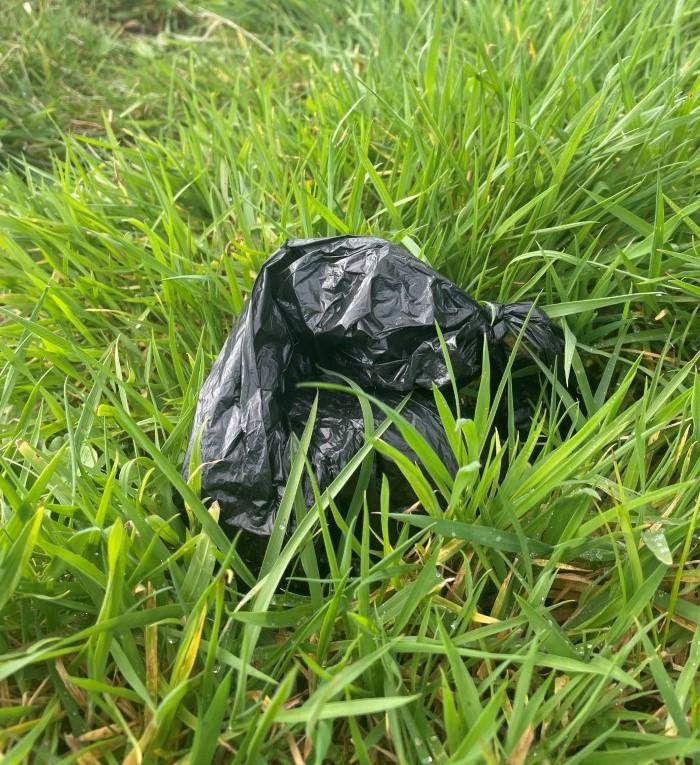
It is too acidic
The doggie diet is high in protein, when this breaks down it becomes acidic preventing rarer wildflowers from establishing. This impacts the rest of the food chain, meaning less insects and birds too. The nutrients added to the soil from dog waste only favours plants like nettles and brambles. Look out for these plants and notice they seem to establish near car parks (where more dog waste is found)!
It contains excessive nutrients
Nutrients are often thought of as a good thing, but excess nutrients cause an imbalance in the ecosystem leading to loss of biodiversity. Poo from grazing animals doesn’t have the same effect as these animals are recycling existing nutrients, not bringing in new ones.
It contains pathogens harmful to other living creatures
Dog poo contains bacteria, viruses and parasites which can harm humans, aquatic life and is toxic to insects. There is also growing evidence of the link between diseases in livestock and the presence on grazing land of faeces from infected dogs. These diseases can have a deadly effect, particularly on young livestock.
It is a health hazard
Dog poo is obviously very unpleasant to step in! The Pebblebed Heaths is popular for families, so children are often running around the paths, plus the Royal Marines train there so they are often crawling on the ground.
How can you help?
- Always carry poo bags on a dog walk and pickup immediately – please do not leave used poo bags behind as some dogs and livestock may eat these!
- If you have a garden, designate a particular area for your dog to go to the toilet.
- Use a dicky bag (or similar!) – these bags are designed to make picking up easier, sealing the smell in and allowing you to carry dog waste hands-free until you find a bin.
- Compost it! Composting at home is the best way to dispose of your dog’s poo, this method prevents soil and water contamination from dog poo, recycling it into a useful substance.
Encourage others, spread awareness, and if you are a dog owner check out Devon Loves Dogs - a brilliant free dog membership scheme full of useful information, walks and advice!
An update on Yonder Oak Wood
Yonder Oak Wood is a a 54-hectare (134-acre) woodland creation site near Lympstone in Devon. It is currently being transformed by the Woodland Trust and the local community into a thriving haven for nature! Here we have the latest update on the project.
Tree planting & natural regeneration
Thousands of saplings have been planted at Yonder Oak Wood by generous local people giving up their time for free. The site is plastic free, so there are no tree guards to litter the countryside, however this has meant that some saplings have struggled to grow when competing with rapidly growing grass. After careful monitoring, the Woodland Trust have planted some additional saplings in the gaps where some saplings failed. Alongside the important planting work, an enormous amount of natural oak tree regeneration is also taking place across the site, furthermore since the management of the boundaries was reduced, other hedgerow species are expanding out of the boundaries and providing a local genetic structure for the future of then woodland.
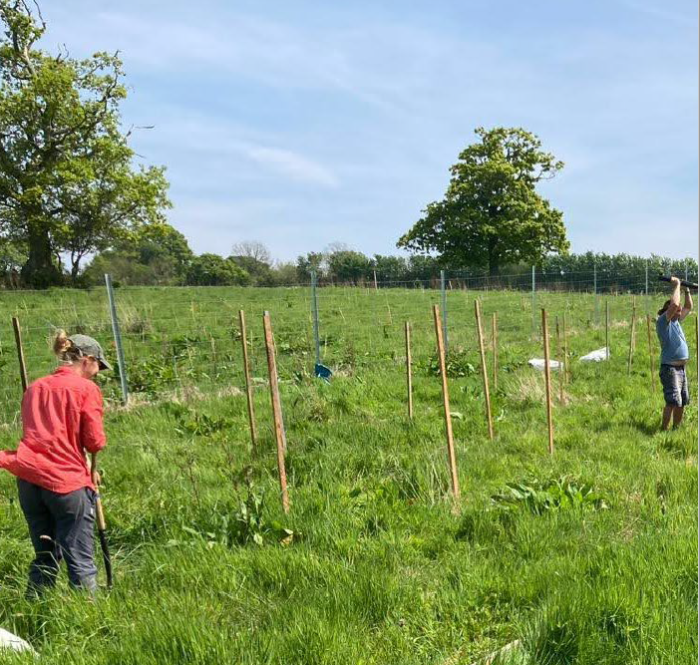
Mulch Trials
The Woodland Trust have been working with Wood4Trees, conducting some trials of different types of mulches, to assess the impact of different types of mulches when planting new trees.
Mulch is a general term used for a thick material placed over the soil and around plants to suppress competitive plant growth (such as grasses), lock in moisture, and provide nutrients to the growing plant. Their different mulches are:
- No mulch (control)
- Woodchip
- Jute mating (biodegradable mating)
- Cardboard disc base and woodchip
- Pesticide
Six hundred trees were planted by volunteers in a field with very vigorous grass growth. Their height and base width were measured when planted and at the end of each growing season, they will be measured again to see what effect the mulches have had on their growth rates.
Leaky Dams
The Woodland Trust were excited to receive planning permission for 48 leaky dams to go in Wotton Brook. As they have continued to witness the devastating impact that Ash Dieback is having at Yonder Oak, they will be using affected felled trees from the site. These will be spaced 15 metres apart up the brook to keep water on site for longer, creating lush new areas of wetland and diversifying habitat. They will also slow the flow, helping to reduce the risk of flooding downstream.
Car park Planning
The Woodland Trust are mid-way navigating the planning system to obtain permission to construct a car park and access. Although it is taking longer than expected, they are excited by the opportunity and committed to establishing a welcoming and accessible space for visitors. If you want to follow progress, use this link and search "Yonder Oak Wood". They aim to get the work underway as soon as the planning has been approved, and open soon after.